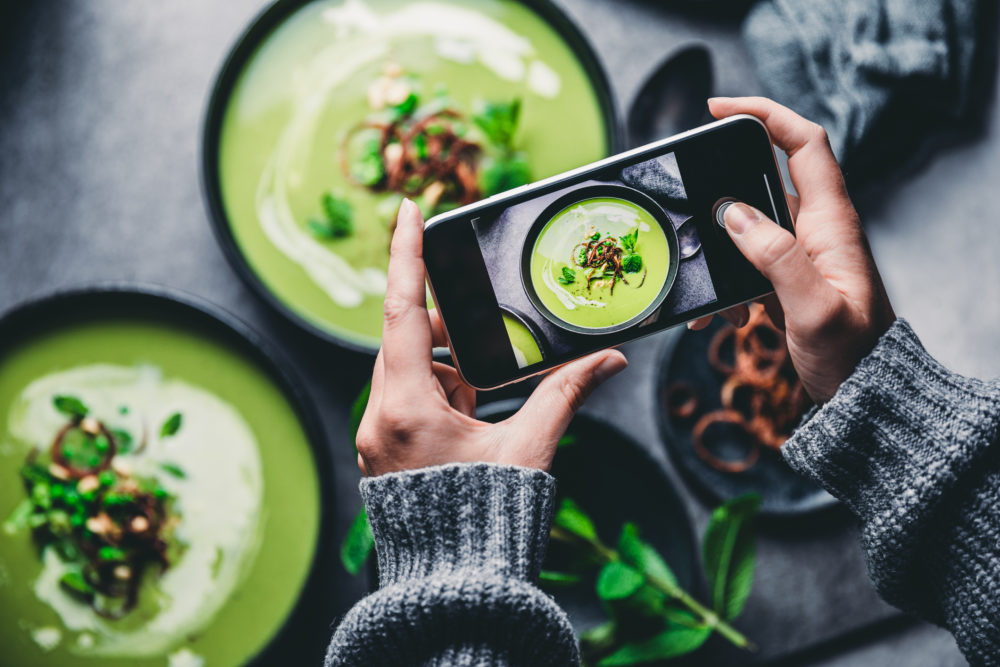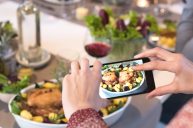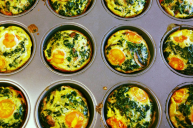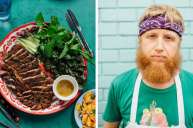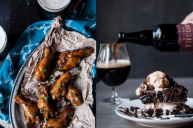Food photography is a skill that food bloggers are ever looking to master, and beginners often struggle to decide between artificial light and natural light, how to get good food styling, figuring out Photoshop and Lightroom, and learning how to get next-level overhead shots, often armed with only an iPhone. Professional food photographers and food stylists know exactly how to do it but their tips are a little weird! You don't need to take any photography courses to learn these strange tips and tricks to get perfect food shots. Here are some bizarre food photography tips from professional photographers that will help your food photos stand out.
Videos by Wide Open Country
10 Strange Tricks That Food Photographers Actually Use
Your food blog will stand out with tricks like these -- whether you have a DSLR camera or not. Some of these tips will render your food inedible, but you'll get close-up pictures of beautiful food.
1. Use cold food
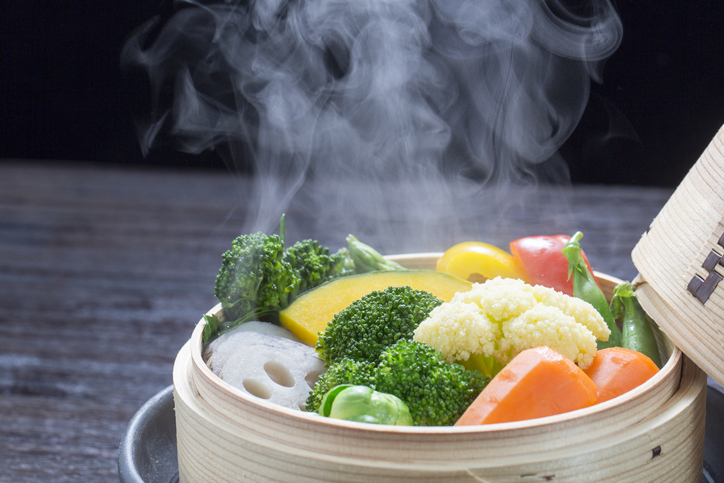
Getty Images
Almost all food photography involves using cold food. If you're photographing food for a long period of time, it wouldn't stay warm anyway. So how do they get that hot steam? Well, often professional photographers will use a cone of incense, hidden right behind the food, or a wet cotton ball that has been microwaved and is steaming. Some people also use a steam diffuser, just out of the shot. That's how you can really get great photos of a hot, steaming plate of food.
2. Fake it for frozen food
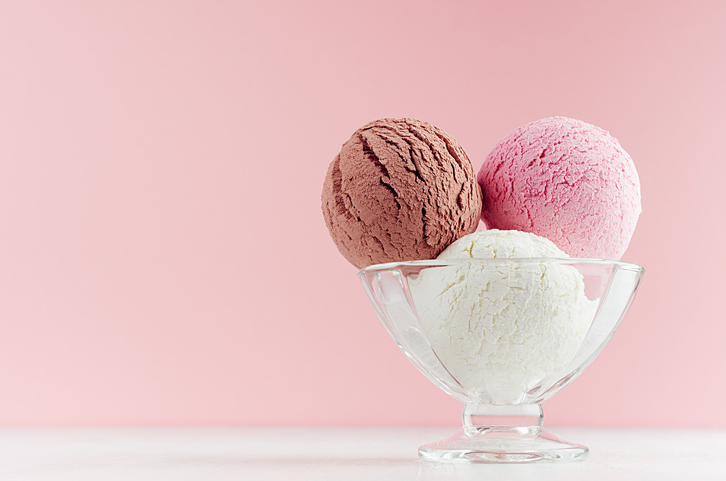
Getty Images
Just because the hot, steamy food is being faked in food photos, doesn't mean that food photographers can handle the other temperature extreme, either. Ice cubes? Fake. Ice cream? Made with colored shortening or sometimes mashed potatoes! This is because foods sit out under a heated light source or direct sunlight, sometimes for hours, and it's nearly impossible to get photographs of frozen food during that time period. Icy treats simply can't handle a long photoshoot! Even whipped cream in food photography is often just shaving cream.
3. Meat is often undercooked and then painted
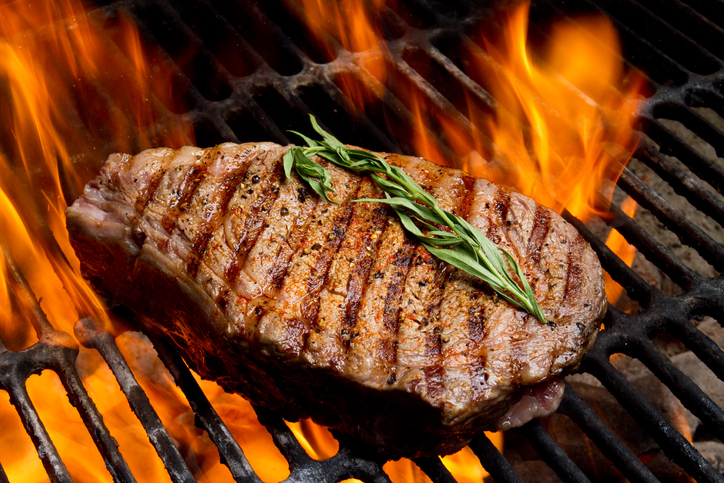
Getty Images
Meat often looks next-level in food photography. The poultry skin is perfectly and evenly brown, the grill lines are perfect, and the red meat is seared on the outside with a juicy red center in the middle. How do people accomplish food images like that? Well, for one thing, the meat is often actually undercooked if it's cooked at all! Food photographers have been known to spray a mixture of water and food coloring over a raw turkey to accomplish its appearance, and grilled meats have char lines that are applied individually with a skewer if they're not painted on as well. If you have artistic skills like that, don't be afraid to paint your food -- literally.
4. Stacked foods are propped up with cardboard
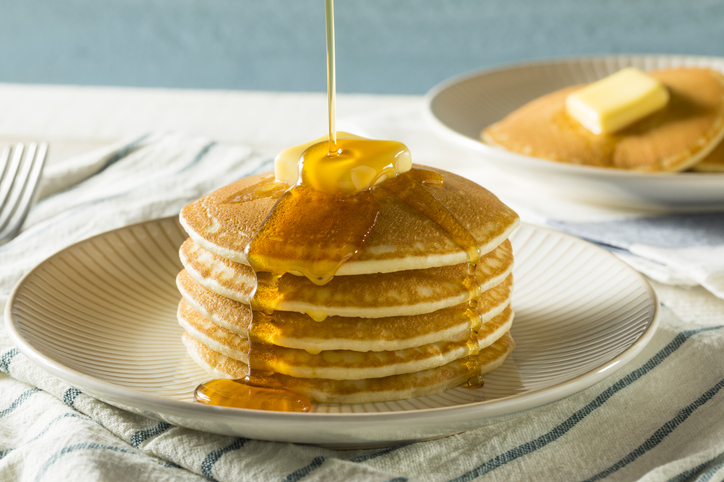
Getty Images
A stack of pancakes is not haphazardly tossed together and then photographed. Neither are cakes, sandwiches, or burgers. They are held together with toothpicks or propped up with small pieces of cardboard to make them stand taller and look better in photos. If you really want the know-how of food photography, this is the trick that will make you stand out from the rest and isn't overly difficult to incorporate into your food styling, either.
5. In a pinch, use superglue

Getty Images
Another way to get food to sit PERFECTLY still is to simply... superglue it. Yes, superglue works for food too. This works for poultry, like turkey skin and chicken wings, but can even keep toppings from sliding. It's especially helpful for shellfish and fish skin in seafood dishes, too... when you want the lobster tail to have meat just peeking through, or want to make sure that fried salmon skin stays right on. It's a great trick to photograph food.
6. Spritz food to make it look shiny
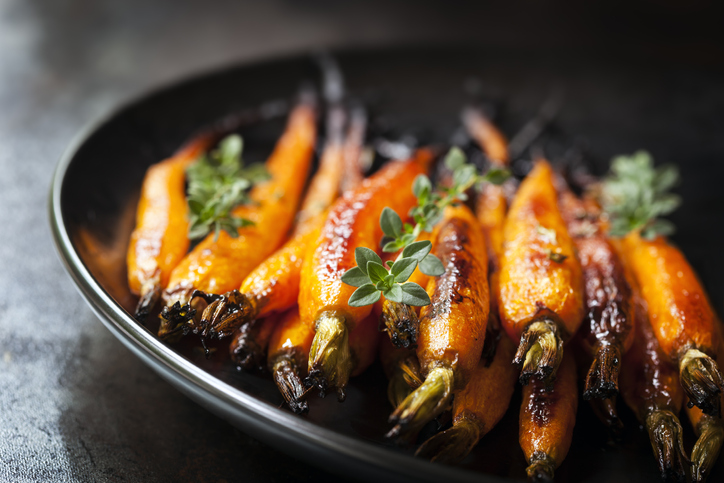
Getty Images
You can spritz the side of a drink with a corn syrup/water mixture to make it look like there's more condensation in your photos of food. Salad can get a spritz of plain water to keep it fresh during photoshoots -- just like grocery stores do for veggies in the produce aisle! And vegetables will look extra shiny if you spray them with hairspray or WD-40.
7. Adding liquid soap to drinks can make them foamy
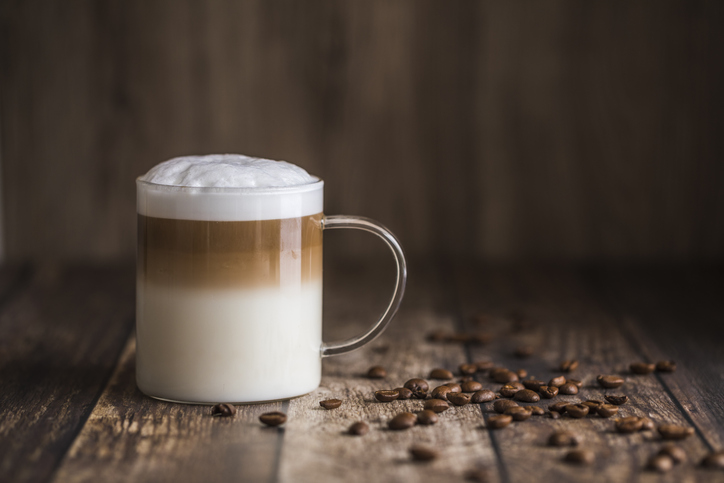
Getty Images
Do you know what professional food stylists do to get the perfect latte or beer foam? They mix in a little liquid soap with the contents and layer it on top. With a shallow depth of field coming from your camera, nobody will be able to tell that your oat milk foam actually has some Dawn in it.
8. Toppings and garnishes take the longest time to style
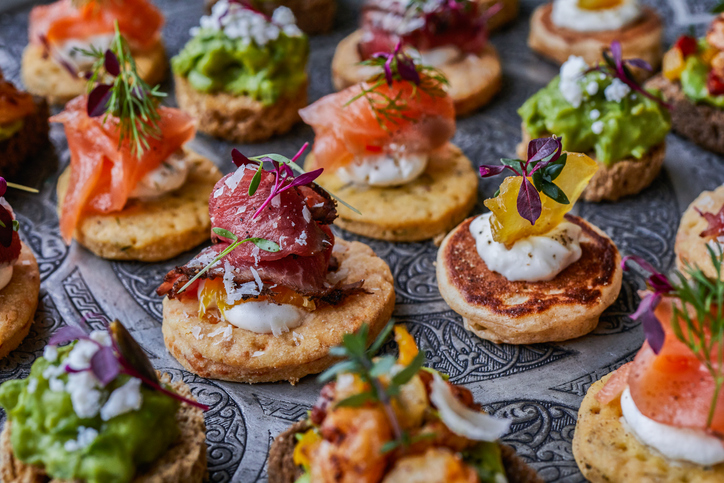
Getty Images
The real way to elevate yourself from a typical food blogger to a professional-level food photographer is in your application of all the garnishes and toppings. Food photographers use a syringe to squirt things like ketchup and mustard onto a burger to make it look perfect. And all those herbs and cheeses and garnishes on top of the plates of food? Applied individually with tweezers. Online tutorials often say that this is the most time-consuming part of the food photography process, but it always leads to beautiful food pictures.
9. Use plain-colored linens, cutlery, and backdrops
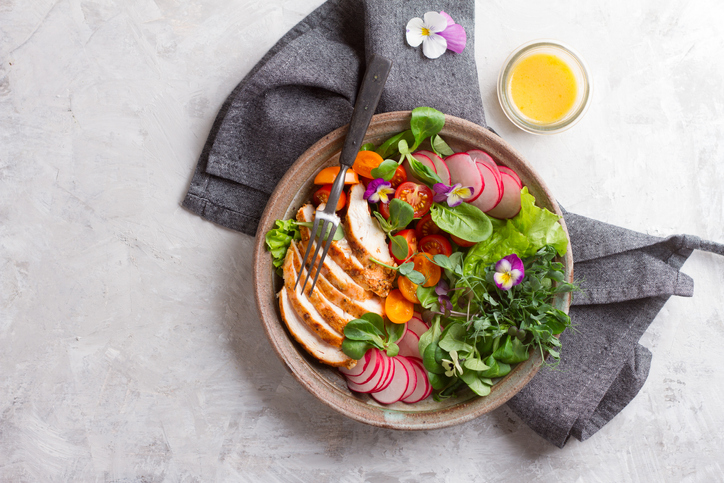
Getty Images
It depends on the food, of course, but real experts know that the centerpiece of a food photo should be the food itself, not the elaborate rainbow-colored table cloth that your grandma gave you. If you have a lot of matching and coordinating pieces it can help set a beautiful and artistic theme, but if you go too over-the-top the focus will be on the bright colors of your linens and not the food itself. Go for neutral colors for the food accessories when you can. You want the colors of the dish to pop out!
10. Adjust the white balance to be neutral
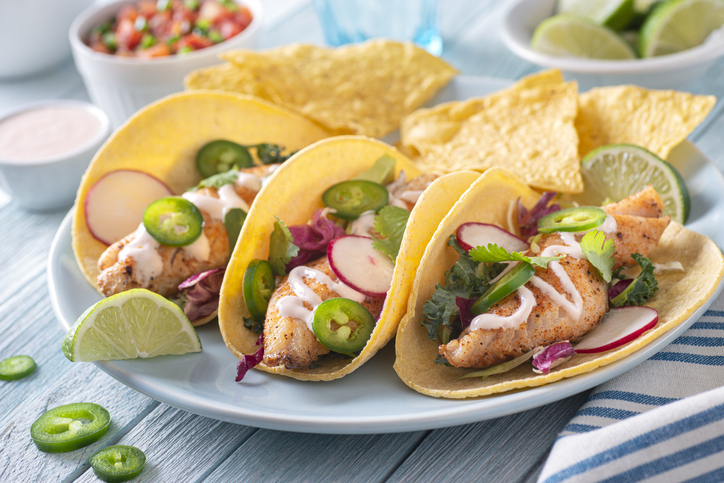
Getty Images
Finally, if you've been studying photography for a while, you'll probably notice that professional photographers who focus on people and nature tend to play around with the lighting conditions and the white balance of their subject. Don't do this for photos of food! A neutral white balance is best, especially since food sources often come in a wide variety of colors, and the colors might look strange if you play around with them too much. With a neutral white balance and natural lighting, your food photos will be ready for social media!
READ MORE: The Cast Behind The PBS Hit Show 'Cook's Country'
